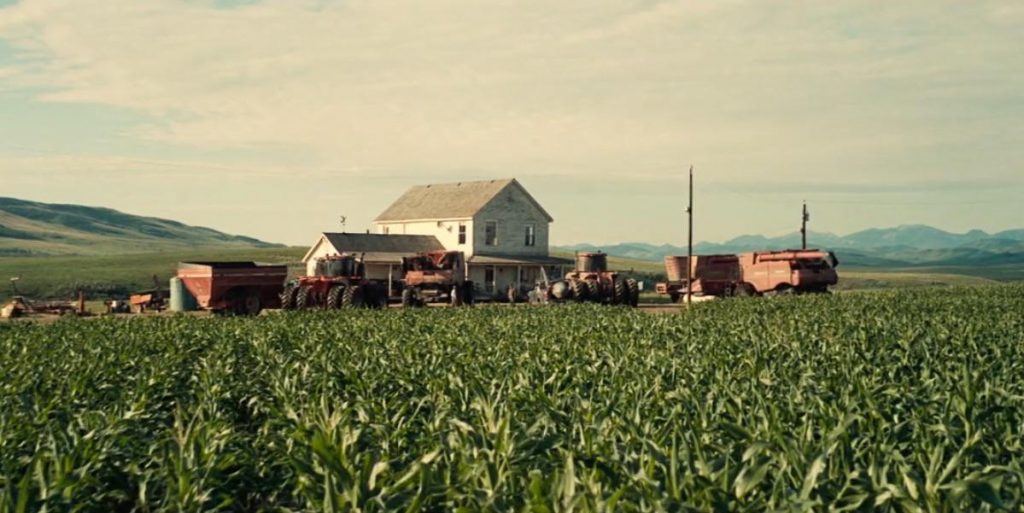The Movie That Made Its Own Popcorn?

The business of making movies? It’s expensive. Even so-called low-budget films often run well north of $1 million to produce, and big-budget films can run into the hundreds of millions of dollars. The higher the cost, the higher the risk, so movie studios often only work with proven directors when the price tag is high. For example, in 2000, a relatively unknown filmmaker named Christopher Nolan wrote and redirected a movie called Memento. It was a critical success and a money maker as well — it earned about $40 million at the box office with a budget of under $10 million. Memento put Nolan on the map, and eventually, he was tapped to produce three Batman movies with budgets ranging from $150 million to nearly twice that. And then, in 2014, he was given a $145 million budget to create the sci-fi movie Interstellar. The movie made $715 million at the box office.
And about $60,000 at the farmer’s market.
If you haven’t seen Interstellar yet, you should — it’s a very good movie despite its two-hour, 49-minute runtime. It tells the story of Earth about fifty years in the future, and things aren’t looking great. A widespread blight has killed most food crops — only corn and okra can still be grown, and okra is quickly going the way of the dodo. The protagonist, Joseph Cooper (played by Matthew McConaughey), is a former pilot who became a farmer, and not entirely by choice — the world has effectively shut down all scientific exploration in order to focus on near-term survival. Nolan’s initial script had Cooper growing corn on a farm in a small valley with mountains in the distance, showing humanity’s desperation; people are trying to grow food in places where crops like corn don’t typically grow.
With a budget north of $100 million, Nolan wanted to make his sci-fi film feel as real as possible. Instead of using CGI for Cooper’s farm, the filmmaker and his crew decided to use real corn fields. But that proved difficult because again, corn doesn’t typically grow on the foot of a mountain range. Nolan’s team scouted possible locations and, per Cinema Blend, found a potential solution — they spent “$100,000 [to] grow corn in Western Canada, outside Calgary, where the film was [ultimately] shot,” as seen above. It wasn’t a big investment, given the size of the movie’s budget, but $100k of corn is still a big investment for a detail most viewers would not think twice about. And it came at a significant risk — Nolan wasn’t sure that the crop would thrive for long enough for him to film all of the needed scenes.
The studio didn’t mind the risk — when you give someone like Nolan a huge budget, you probably expect a few weird expenditures like huge fields of corn. And it’s a good thing they didn’t. The script called for the destruction of some of the crop, but when filming came to a close, there was still a lot of corn left over — more than enough to cover the cost of growing it in the first place, and then some. According to GQ, “Nolan, and the studio gained heavy profits from the leftover corn that wasn’t destroyed during the filming of the movie, making close to $162,000.”
Bonus fact: There’s one detail from Interstellar that you can’t see — it’s a detail of omission. The blight that kills off most of the planet’s crops has also claimed nearly all other non-human life. This is reflected throughout the film, as one fan of the movie pointed out on reddit, “you never see or hear any wildlife. Cooper has a farm but it’s all corn – no livestock. Nobody is eating/using or even talking about animal products like milk or eggs. No mention of hunting or fishing, plus zero insects – even at the ball game, nobody is swatting flies or mosquitoes.”
From the Archives: Pop Goes the Kernal: Why popcorn pops.
